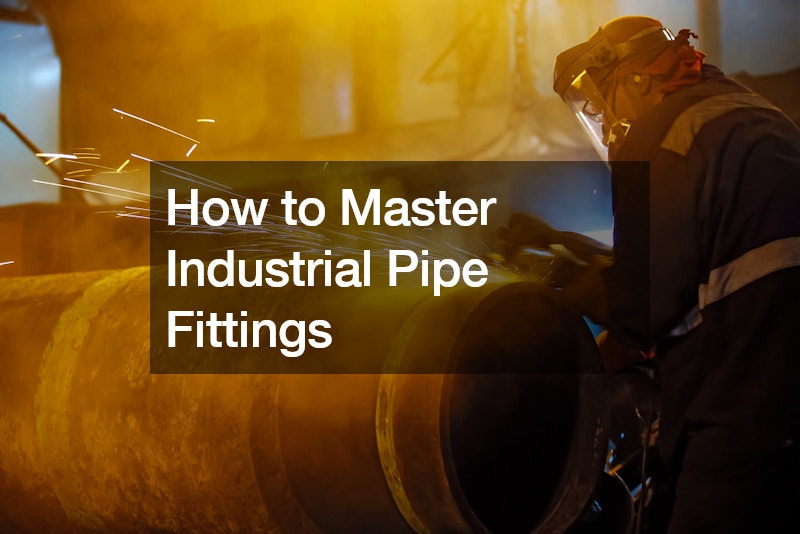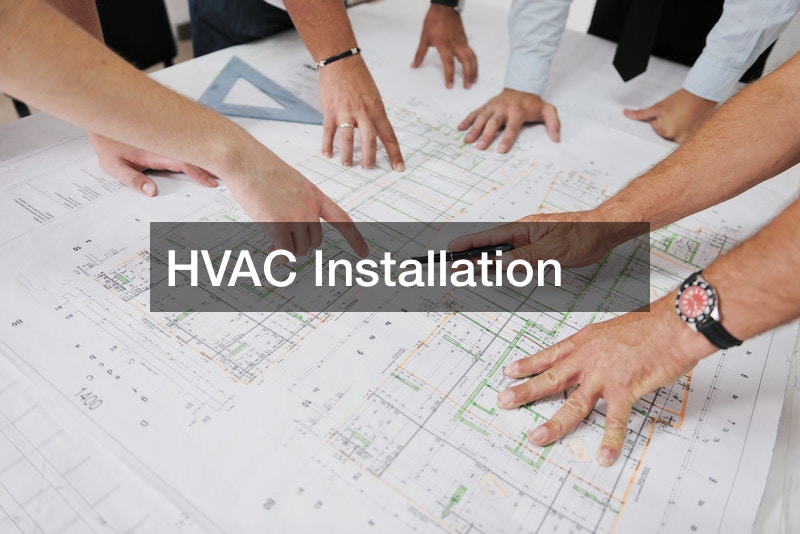Industrial pipe fittings play a crucial role in various piping systems, making them essential for industries such as manufacturing, construction, and oil and gas. Whether you’re a seasoned pipefitter or new to the field, mastering industrial pipe fittings is vital for ensuring efficient and safe operations. In this comprehensive guide, we’ll explore the essential steps and insights to help you become proficient in handling industrial pipe fittings.
Understanding the Basics: Before delving into the intricacies of industrial pipe fittings, it’s essential to grasp the fundamental concepts. Industrial pipe fittings are components used to connect and control the flow of liquids or gases in piping systems.
They come in various shapes, sizes, and materials, each serving specific purposes in different applications.
Common Piping Tools and Equipment: To excel in handling industrial pipe fittings, it’s essential to familiarize yourself with the tools and equipment commonly used in the field. Some of the essential tools include pipe wrenches, pipe cutters, flange spreaders, and welding equipment. Each tool serves a unique function and is indispensable for various tasks, from cutting and threading pipes to tightening fittings securely.
Specialized Tools for Precision: In addition to standard piping tools, certain specialized tools are designed to facilitate specific tasks related to industrial pipe fittings. These tools are instrumental in ensuring accuracy and efficiency in pipe installation, maintenance, and repair. Examples of specialized tools include tube benders, pipe reamers, and hydrostatic testing equipment. Understanding when and how to use these tools can significantly enhance your proficiency in handling industrial pipe fittings.
Importance of Proper Training: Proficiency in handling industrial pipe fittings is not acquired overnight but through proper training and hands-on experience. Whether you’re a pipefitter, fabricator, or technician, undergoing comprehensive training programs can provide you with the necessary knowledge and skills to tackle various challenges encountered in the field. These programs often cover topics such as piping system design, material selection, installation techniques, and safety protocols.
Best Practices for Installation: Installing industrial pipe fittings requires meticulous attention to detail and adherence to industry best practices. Proper installation ensures leak-free connections and prevents costly downtime or safety hazards. Some essential tips for effective installation include accurately measuring and cutting pipes, using appropriate sealing methods, and following manufacturer guidelines for torque specifications.
Troubleshooting and Maintenance: Even with proper installation, industrial pipe fittings may encounter issues over time due to wear, corrosion, or external factors. Being able to troubleshoot and perform routine maintenance is essential for maintaining the integrity and functionality of piping systems. Regular inspections, leak detection, and corrosion prevention measures can help identify and address potential issues before they escalate into significant problems.
Continuous Learning and Improvement: As with any technical field, mastering industrial pipe fittings is an ongoing journey that requires continuous learning and improvement. Staying updated on industry trends, technological advancements, and safety standards is essential for enhancing your skills and staying ahead in the field. Engaging in professional development opportunities, such as workshops, seminars, and certifications, can further expand your knowledge and expertise in industrial pipe fittings.
Understand the Basics: Before diving into complex fittings, it’s essential to grasp the fundamentals of industrial pipe fittings. Familiarize yourself with common types of fittings such as elbows, tees, couplings, and unions. Each fitting serves a specific purpose in joining or directing the flow of pipes. For instance, elbows are used to change the direction of piping systems, while tees allow for branching connections.
Learn Proper Installation Techniques: Proper installation is paramount to the functionality and safety of industrial piping systems. Start by ensuring that all pipes and fittings are clean and free of debris before assembly. Use tools such as pipe wrenches, pipe cutters, and thread sealants to tightly secure fittings. Pay close attention to alignment and make sure to follow manufacturer guidelines for torque specifications.
Stay Updated on Industry Standards: The field of industrial pipe fittings is constantly evolving, with new materials and technologies emerging regularly. Stay informed about the latest industry standards and regulations governing pipe fitting practices. For example, familiarize yourself with standards such as ASME B16.9 for factory-made wrought steel butt-welding fittings and ASTM International standards for materials and testing.
Practice Hands-On Training: Hands-on training is invaluable for mastering industrial pipe fittings. Seek opportunities to practice installation techniques in a controlled environment. Consider enrolling in vocational courses or apprenticeship programs trade schools or unions offer. Additionally, leverage online resources and tutorials to supplement your practical training.
Utilize Simulation Software: In addition to hands-on experience, simulation software can provide valuable insights into the behavior of industrial pipe fittings under different operating conditions. Tools like AutoCAD Plant 3D and Pipe Flow Expert allow users to create virtual piping systems and simulate fluid flow, pressure, and stress distribution. Experimenting with simulation software can enhance your understanding of complex piping scenarios and optimize design decisions.
Stay Vigilant for Potential Issues: Even the most meticulously installed piping systems can encounter issues over time. Stay vigilant for signs of leaks, corrosion, or structural damage in industrial pipe fittings. Conduct regular inspections and maintenance to address potential issues before they escalate. Implement corrosion prevention measures such as cathodic protection or protective coatings where necessary.
Explore Alternative Fitting Solutions: In some cases, traditional industrial pipe fittings may not be the most suitable option for a specific application. Explore alternative solutions such as push-to-connect fittings, compression fittings, or expansion joints. These innovative fittings offer advantages such as faster installation, flexibility, and adaptability to varying conditions.
Seek Professional Guidance When Needed: Industrial piping systems can be complex, and it’s okay to seek professional guidance when faced with challenging installations or troubleshooting tasks. Consult with experienced engineers, contractors, or piping specialists for expert advice and assistance. Collaborating with seasoned professionals can help you overcome obstacles and improve your skills in industrial pipe fittings.
By following these actionable steps and continuously honing your skills, you can master the art of industrial pipe fittings and contribute to the success of piping projects in diverse industrial settings. Remember to stay curious, stay informed, and never stop learning in this dynamic field.
.




